Today marks 7 years of the anniversary of the Zimbabwean Constitution. In commemorating this special day, I will do a thread on the history of constitutionalism in Zimbabwe  https://abs.twimg.com/emoji/v2/... draggable="false" alt="🇿🇼" title="Flag of Zimbabwe" aria-label="Emoji: Flag of Zimbabwe">
https://abs.twimg.com/emoji/v2/... draggable="false" alt="🇿🇼" title="Flag of Zimbabwe" aria-label="Emoji: Flag of Zimbabwe">
 https://abs.twimg.com/emoji/v2/... draggable="false" alt="🇿🇼" title="Flag of Zimbabwe" aria-label="Emoji: Flag of Zimbabwe">
https://abs.twimg.com/emoji/v2/... draggable="false" alt="🇿🇼" title="Flag of Zimbabwe" aria-label="Emoji: Flag of Zimbabwe"> https://abs.twimg.com/emoji/v2/... draggable="false" alt="✍🏾" title="Writing hand (medium dark skin tone)" aria-label="Emoji: Writing hand (medium dark skin tone)">
https://abs.twimg.com/emoji/v2/... draggable="false" alt="✍🏾" title="Writing hand (medium dark skin tone)" aria-label="Emoji: Writing hand (medium dark skin tone)"> https://abs.twimg.com/emoji/v2/... draggable="false" alt="👨🏾⚖️" title="Man judge (medium dark skin tone)" aria-label="Emoji: Man judge (medium dark skin tone)">Thread
https://abs.twimg.com/emoji/v2/... draggable="false" alt="👨🏾⚖️" title="Man judge (medium dark skin tone)" aria-label="Emoji: Man judge (medium dark skin tone)">Thread https://abs.twimg.com/emoji/v2/... draggable="false" alt="👨🏾⚖️" title="Man judge (medium dark skin tone)" aria-label="Emoji: Man judge (medium dark skin tone)">
https://abs.twimg.com/emoji/v2/... draggable="false" alt="👨🏾⚖️" title="Man judge (medium dark skin tone)" aria-label="Emoji: Man judge (medium dark skin tone)"> https://abs.twimg.com/emoji/v2/... draggable="false" alt="✍🏾" title="Writing hand (medium dark skin tone)" aria-label="Emoji: Writing hand (medium dark skin tone)">
https://abs.twimg.com/emoji/v2/... draggable="false" alt="✍🏾" title="Writing hand (medium dark skin tone)" aria-label="Emoji: Writing hand (medium dark skin tone)"> https://abs.twimg.com/emoji/v2/... draggable="false" alt="🇿🇼" title="Flag of Zimbabwe" aria-label="Emoji: Flag of Zimbabwe">
https://abs.twimg.com/emoji/v2/... draggable="false" alt="🇿🇼" title="Flag of Zimbabwe" aria-label="Emoji: Flag of Zimbabwe">
Our history can be traced back to the late 1880s when the British South Africa Company (BSAC) got exclusive mining rights over modern day Zimbabwe, but I’ll start from post-independence era.
During the Lancaster House Conference, the British government together with reps from the nationalist movements & the Rhodesian government reached a compromise know as the Lancaster House Agreement ending the Civil War & ushering in Independence.
The document was established through an Act of the British Parliament, which meant it naturally reflected a Westminster system style. Note that the process wasn’t an inclusive participatory one.
The constitution was still very much undemocratic, it preserved the unequal distribution of land ownership between blacks and whites and the preserved white dominance.
In 1999 after pressure from reformist movements the government initiated reforms. A Constitutional Commission of Inquiry (CCI) was set up, whilst the NCA and newly formed MDC wanted a more independent National Constitutional Conference.
After the CCI presented their draft, it was rejected by both the NCA and MDC as they argued that it made the executive more powerful whilst further weakening the parliament and undermining adequate human rights protection.
After a massive civil society campaign against it, the state state witnessed tremendous socio-economic and political decline. They digressed from precepts of Democratic practice towards intimidation and the use of force.
After mounting pressure on government for 7 years Zanu-PF and the two MDC factions (MDC-T under Morgan Tsvangirai and MDC-M under Prof. Arthur Mutambara) wrote a new draft in September 2007 in Kariba. It was known as the Kariba Draft.
The Kariba Draft was a product of a very secretive process which was not people driven. It gave the President even more power. One of its flaws was the limitation of courts’ ability to inquire into the manner executive powers were exercised.
Suffice to say it didn’t see the light of day, it was a mimic of the Constitutional Commission Draft proposal. But it was fought back again as a model document in 2009.
In 2008 Zanu-PF and MDC reached a power sharing deal, the Global Politicsl Agreements which was brokered by SADC. After signing the GPA, a parliamentary committee known as COPAC was set up to draft a new constitution.
It was headed by Hon. Paul Mangwana from Zanu-PF, Hon. Douglas Mwonzora from MDC-T and Hon. Edward Mkhosi from MDC-M. It was made up of 10 Zanu-PF, 11 MDC-T, 3 MDC-M and 1 member representing the traditional chiefs.
After 4,943 meetings in all 1,957 wards with the people of Zimbabwe and some meetings with special interest groups and parliamentarians, the first draft was released on 17 July 2012. President Mugabe and Zanu-PF quickly rejected a few provisions which covered...
Devolution, Presidential running mates, the Constitutional Court, a Prosecuting Authority, a clause on land commission, same-sex marriage and foreign funding of political parties. A referendum was held organized on March 15, 2013 which got people’s approval.
Zimbabwe’s 2013 Constitution replaces the 1980 Constitution.
We still have a lot of reforms that are needed for this constitution, but for now, we celebrate it for we have come far.
Happy 7th Anniversary to the Constitution of Zimbabwe.
 https://abs.twimg.com/emoji/v2/... draggable="false" alt="🇿🇼" title="Flag of Zimbabwe" aria-label="Emoji: Flag of Zimbabwe">
https://abs.twimg.com/emoji/v2/... draggable="false" alt="🇿🇼" title="Flag of Zimbabwe" aria-label="Emoji: Flag of Zimbabwe"> https://abs.twimg.com/emoji/v2/... draggable="false" alt="✍🏾" title="Writing hand (medium dark skin tone)" aria-label="Emoji: Writing hand (medium dark skin tone)">THE END
https://abs.twimg.com/emoji/v2/... draggable="false" alt="✍🏾" title="Writing hand (medium dark skin tone)" aria-label="Emoji: Writing hand (medium dark skin tone)">THE END https://abs.twimg.com/emoji/v2/... draggable="false" alt="✍🏾" title="Writing hand (medium dark skin tone)" aria-label="Emoji: Writing hand (medium dark skin tone)">
https://abs.twimg.com/emoji/v2/... draggable="false" alt="✍🏾" title="Writing hand (medium dark skin tone)" aria-label="Emoji: Writing hand (medium dark skin tone)"> https://abs.twimg.com/emoji/v2/... draggable="false" alt="🇿🇼" title="Flag of Zimbabwe" aria-label="Emoji: Flag of Zimbabwe">
https://abs.twimg.com/emoji/v2/... draggable="false" alt="🇿🇼" title="Flag of Zimbabwe" aria-label="Emoji: Flag of Zimbabwe">
We still have a lot of reforms that are needed for this constitution, but for now, we celebrate it for we have come far.
Happy 7th Anniversary to the Constitution of Zimbabwe.

 Read on Twitter
Read on Twitter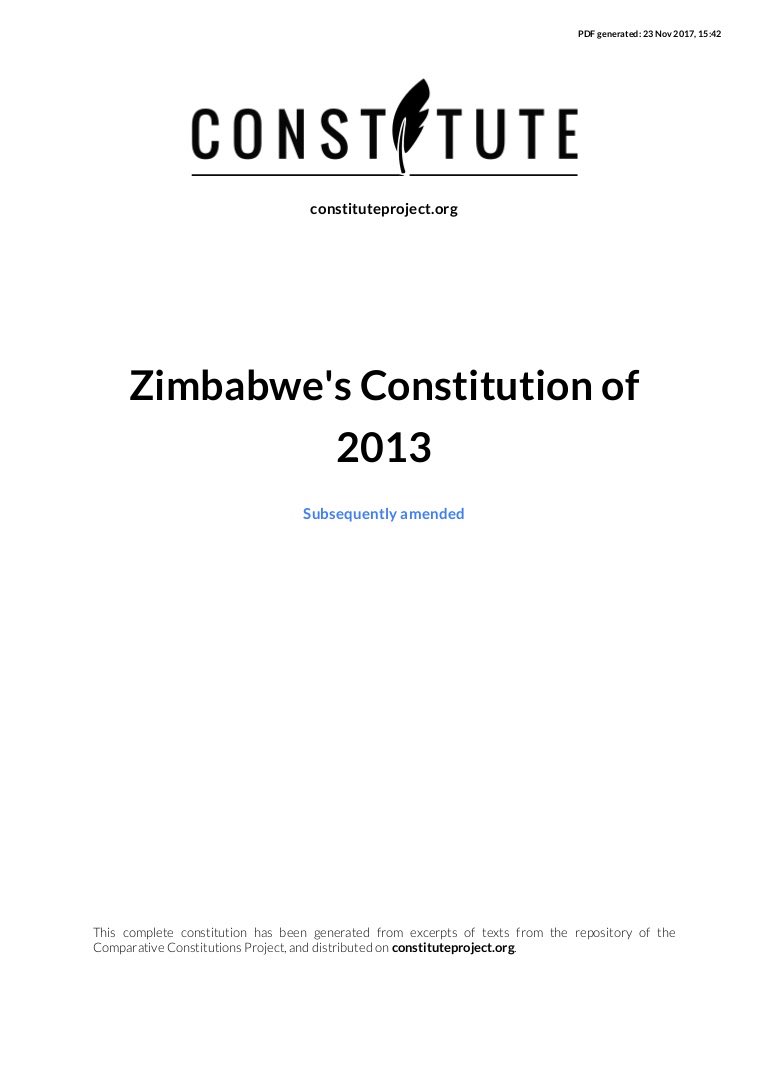 https://abs.twimg.com/emoji/v2/... draggable="false" alt="🇿🇼" title="Flag of Zimbabwe" aria-label="Emoji: Flag of Zimbabwe">https://abs.twimg.com/emoji/v2/... draggable="false" alt="✍🏾" title="Writing hand (medium dark skin tone)" aria-label="Emoji: Writing hand (medium dark skin tone)">https://abs.twimg.com/emoji/v2/... draggable="false" alt="👨🏾⚖️" title="Man judge (medium dark skin tone)" aria-label="Emoji: Man judge (medium dark skin tone)">Threadhttps://abs.twimg.com/emoji/v2/... draggable="false" alt="👨🏾⚖️" title="Man judge (medium dark skin tone)" aria-label="Emoji: Man judge (medium dark skin tone)">https://abs.twimg.com/emoji/v2/... draggable="false" alt="✍🏾" title="Writing hand (medium dark skin tone)" aria-label="Emoji: Writing hand (medium dark skin tone)">https://abs.twimg.com/emoji/v2/... draggable="false" alt="🇿🇼" title="Flag of Zimbabwe" aria-label="Emoji: Flag of Zimbabwe">" title="Today marks 7 years of the anniversary of the Zimbabwean Constitution. In commemorating this special day, I will do a thread on the history of constitutionalism in Zimbabwe https://abs.twimg.com/emoji/v2/... draggable="false" alt="🇿🇼" title="Flag of Zimbabwe" aria-label="Emoji: Flag of Zimbabwe"> https://abs.twimg.com/emoji/v2/... draggable="false" alt="🇿🇼" title="Flag of Zimbabwe" aria-label="Emoji: Flag of Zimbabwe">https://abs.twimg.com/emoji/v2/... draggable="false" alt="✍🏾" title="Writing hand (medium dark skin tone)" aria-label="Emoji: Writing hand (medium dark skin tone)">https://abs.twimg.com/emoji/v2/... draggable="false" alt="👨🏾⚖️" title="Man judge (medium dark skin tone)" aria-label="Emoji: Man judge (medium dark skin tone)">Threadhttps://abs.twimg.com/emoji/v2/... draggable="false" alt="👨🏾⚖️" title="Man judge (medium dark skin tone)" aria-label="Emoji: Man judge (medium dark skin tone)">https://abs.twimg.com/emoji/v2/... draggable="false" alt="✍🏾" title="Writing hand (medium dark skin tone)" aria-label="Emoji: Writing hand (medium dark skin tone)">https://abs.twimg.com/emoji/v2/... draggable="false" alt="🇿🇼" title="Flag of Zimbabwe" aria-label="Emoji: Flag of Zimbabwe">" class="img-responsive" style="max-width:100%;"/>
https://abs.twimg.com/emoji/v2/... draggable="false" alt="🇿🇼" title="Flag of Zimbabwe" aria-label="Emoji: Flag of Zimbabwe">https://abs.twimg.com/emoji/v2/... draggable="false" alt="✍🏾" title="Writing hand (medium dark skin tone)" aria-label="Emoji: Writing hand (medium dark skin tone)">https://abs.twimg.com/emoji/v2/... draggable="false" alt="👨🏾⚖️" title="Man judge (medium dark skin tone)" aria-label="Emoji: Man judge (medium dark skin tone)">Threadhttps://abs.twimg.com/emoji/v2/... draggable="false" alt="👨🏾⚖️" title="Man judge (medium dark skin tone)" aria-label="Emoji: Man judge (medium dark skin tone)">https://abs.twimg.com/emoji/v2/... draggable="false" alt="✍🏾" title="Writing hand (medium dark skin tone)" aria-label="Emoji: Writing hand (medium dark skin tone)">https://abs.twimg.com/emoji/v2/... draggable="false" alt="🇿🇼" title="Flag of Zimbabwe" aria-label="Emoji: Flag of Zimbabwe">" title="Today marks 7 years of the anniversary of the Zimbabwean Constitution. In commemorating this special day, I will do a thread on the history of constitutionalism in Zimbabwe https://abs.twimg.com/emoji/v2/... draggable="false" alt="🇿🇼" title="Flag of Zimbabwe" aria-label="Emoji: Flag of Zimbabwe"> https://abs.twimg.com/emoji/v2/... draggable="false" alt="🇿🇼" title="Flag of Zimbabwe" aria-label="Emoji: Flag of Zimbabwe">https://abs.twimg.com/emoji/v2/... draggable="false" alt="✍🏾" title="Writing hand (medium dark skin tone)" aria-label="Emoji: Writing hand (medium dark skin tone)">https://abs.twimg.com/emoji/v2/... draggable="false" alt="👨🏾⚖️" title="Man judge (medium dark skin tone)" aria-label="Emoji: Man judge (medium dark skin tone)">Threadhttps://abs.twimg.com/emoji/v2/... draggable="false" alt="👨🏾⚖️" title="Man judge (medium dark skin tone)" aria-label="Emoji: Man judge (medium dark skin tone)">https://abs.twimg.com/emoji/v2/... draggable="false" alt="✍🏾" title="Writing hand (medium dark skin tone)" aria-label="Emoji: Writing hand (medium dark skin tone)">https://abs.twimg.com/emoji/v2/... draggable="false" alt="🇿🇼" title="Flag of Zimbabwe" aria-label="Emoji: Flag of Zimbabwe">" class="img-responsive" style="max-width:100%;"/>
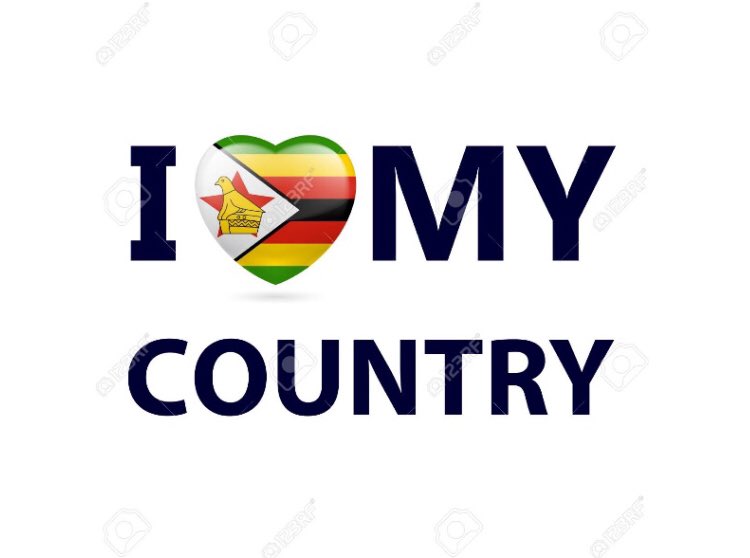



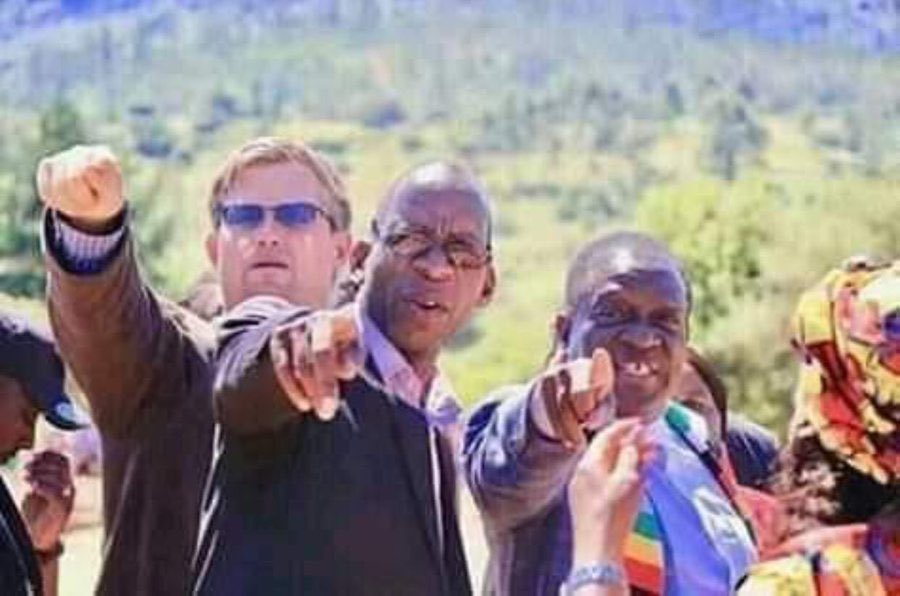

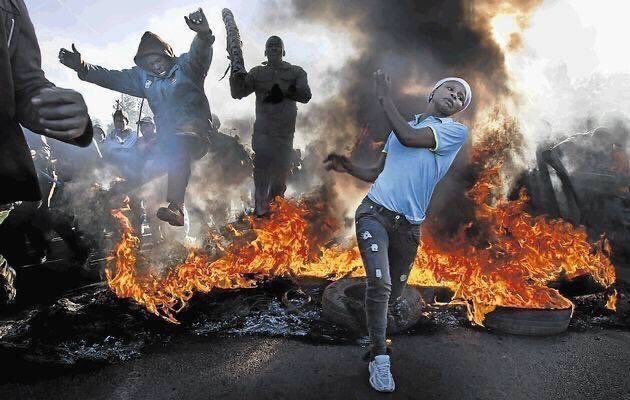

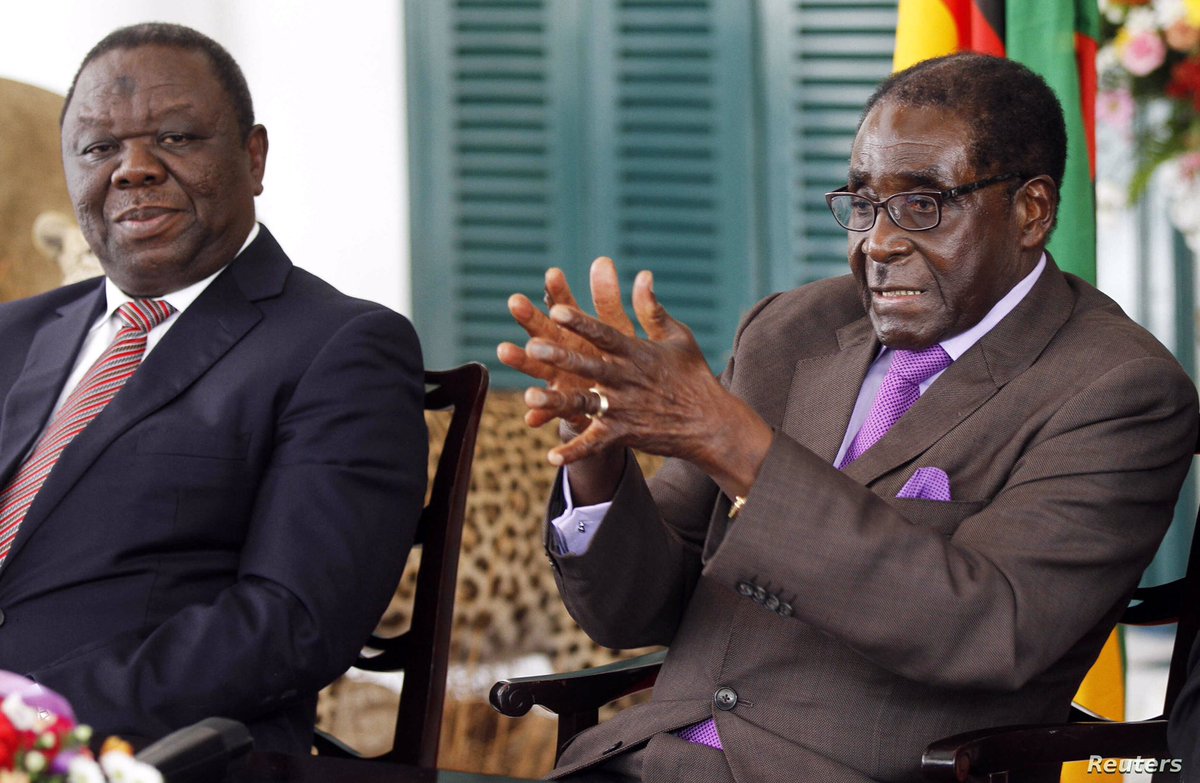



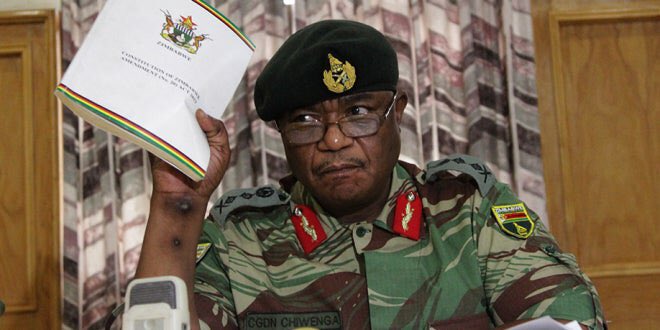 https://abs.twimg.com/emoji/v2/... draggable="false" alt="✍🏾" title="Writing hand (medium dark skin tone)" aria-label="Emoji: Writing hand (medium dark skin tone)">THE ENDhttps://abs.twimg.com/emoji/v2/... draggable="false" alt="✍🏾" title="Writing hand (medium dark skin tone)" aria-label="Emoji: Writing hand (medium dark skin tone)">https://abs.twimg.com/emoji/v2/... draggable="false" alt="🇿🇼" title="Flag of Zimbabwe" aria-label="Emoji: Flag of Zimbabwe">" title="Zimbabwe’s 2013 Constitution replaces the 1980 Constitution.We still have a lot of reforms that are needed for this constitution, but for now, we celebrate it for we have come far.Happy 7th Anniversary to the Constitution of Zimbabwe.https://abs.twimg.com/emoji/v2/... draggable="false" alt="🇿🇼" title="Flag of Zimbabwe" aria-label="Emoji: Flag of Zimbabwe">https://abs.twimg.com/emoji/v2/... draggable="false" alt="✍🏾" title="Writing hand (medium dark skin tone)" aria-label="Emoji: Writing hand (medium dark skin tone)">THE ENDhttps://abs.twimg.com/emoji/v2/... draggable="false" alt="✍🏾" title="Writing hand (medium dark skin tone)" aria-label="Emoji: Writing hand (medium dark skin tone)">https://abs.twimg.com/emoji/v2/... draggable="false" alt="🇿🇼" title="Flag of Zimbabwe" aria-label="Emoji: Flag of Zimbabwe">" class="img-responsive" style="max-width:100%;"/>
https://abs.twimg.com/emoji/v2/... draggable="false" alt="✍🏾" title="Writing hand (medium dark skin tone)" aria-label="Emoji: Writing hand (medium dark skin tone)">THE ENDhttps://abs.twimg.com/emoji/v2/... draggable="false" alt="✍🏾" title="Writing hand (medium dark skin tone)" aria-label="Emoji: Writing hand (medium dark skin tone)">https://abs.twimg.com/emoji/v2/... draggable="false" alt="🇿🇼" title="Flag of Zimbabwe" aria-label="Emoji: Flag of Zimbabwe">" title="Zimbabwe’s 2013 Constitution replaces the 1980 Constitution.We still have a lot of reforms that are needed for this constitution, but for now, we celebrate it for we have come far.Happy 7th Anniversary to the Constitution of Zimbabwe.https://abs.twimg.com/emoji/v2/... draggable="false" alt="🇿🇼" title="Flag of Zimbabwe" aria-label="Emoji: Flag of Zimbabwe">https://abs.twimg.com/emoji/v2/... draggable="false" alt="✍🏾" title="Writing hand (medium dark skin tone)" aria-label="Emoji: Writing hand (medium dark skin tone)">THE ENDhttps://abs.twimg.com/emoji/v2/... draggable="false" alt="✍🏾" title="Writing hand (medium dark skin tone)" aria-label="Emoji: Writing hand (medium dark skin tone)">https://abs.twimg.com/emoji/v2/... draggable="false" alt="🇿🇼" title="Flag of Zimbabwe" aria-label="Emoji: Flag of Zimbabwe">" class="img-responsive" style="max-width:100%;"/>


